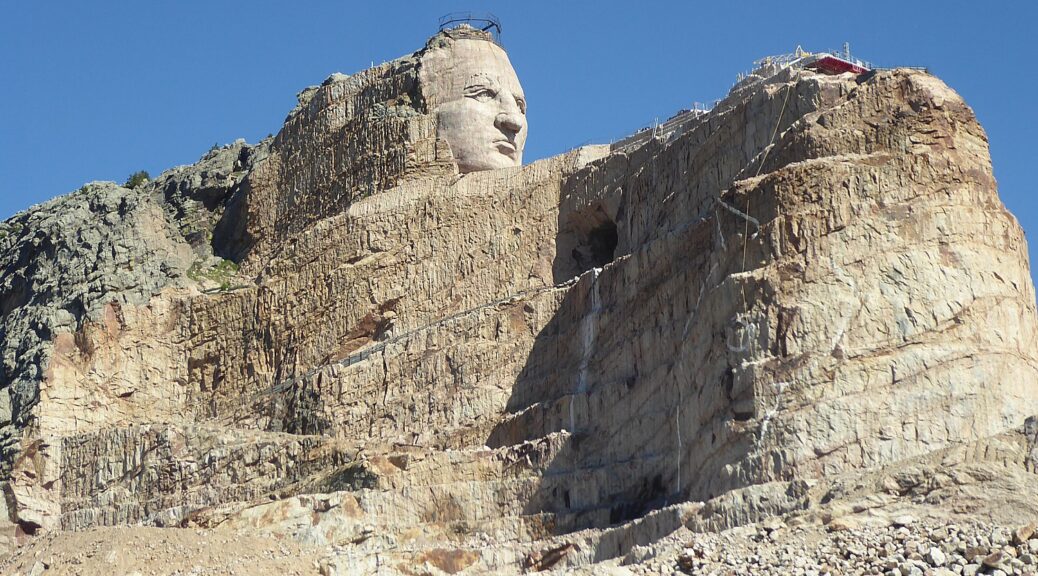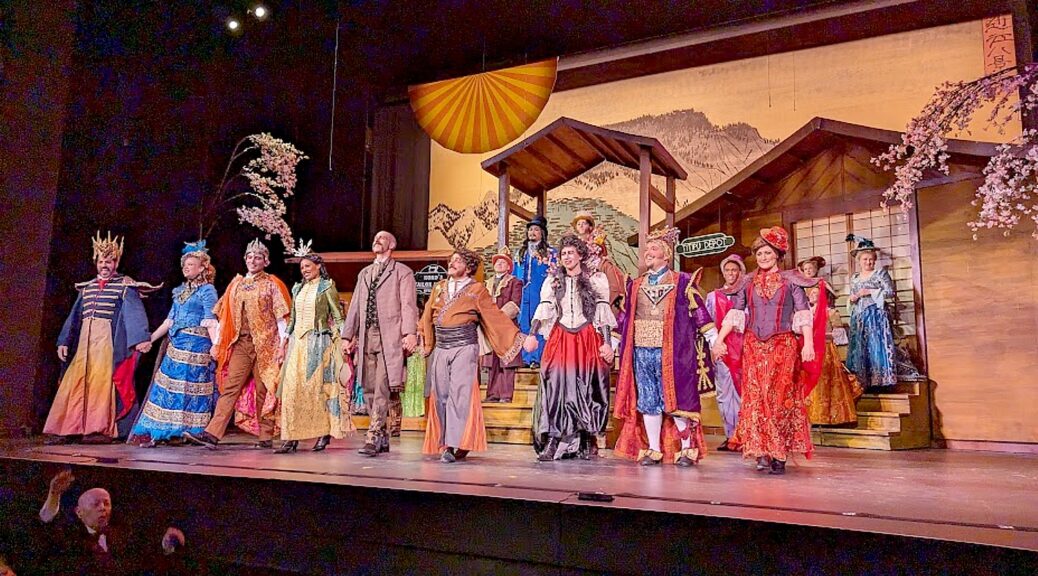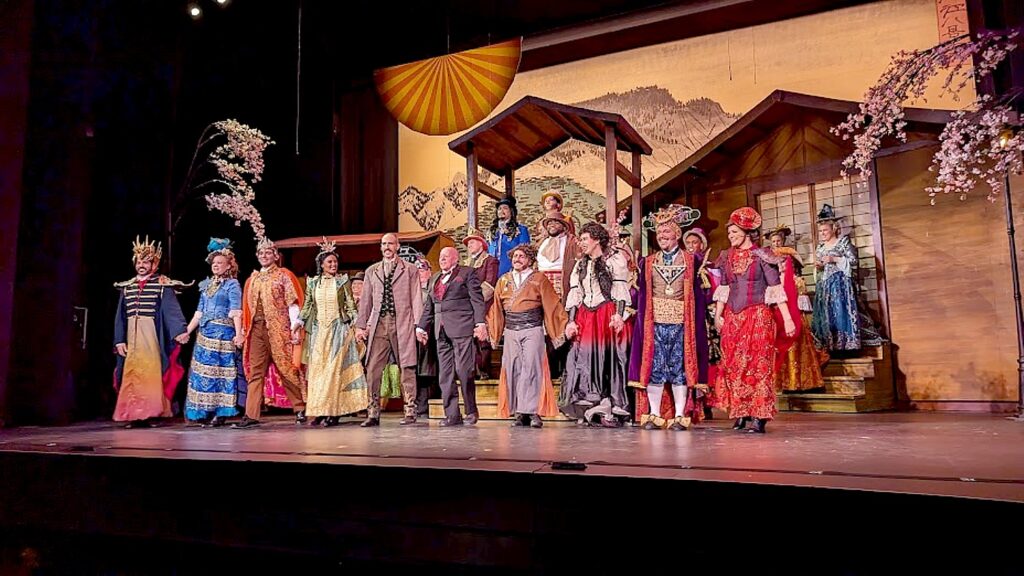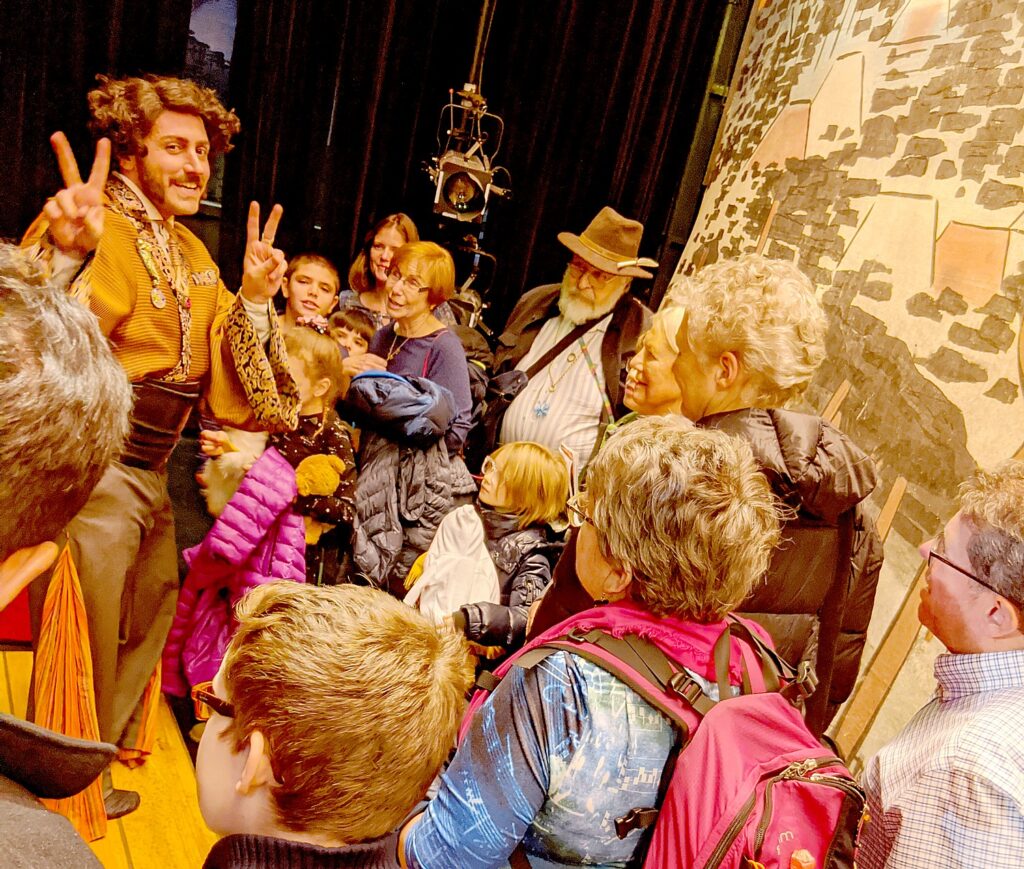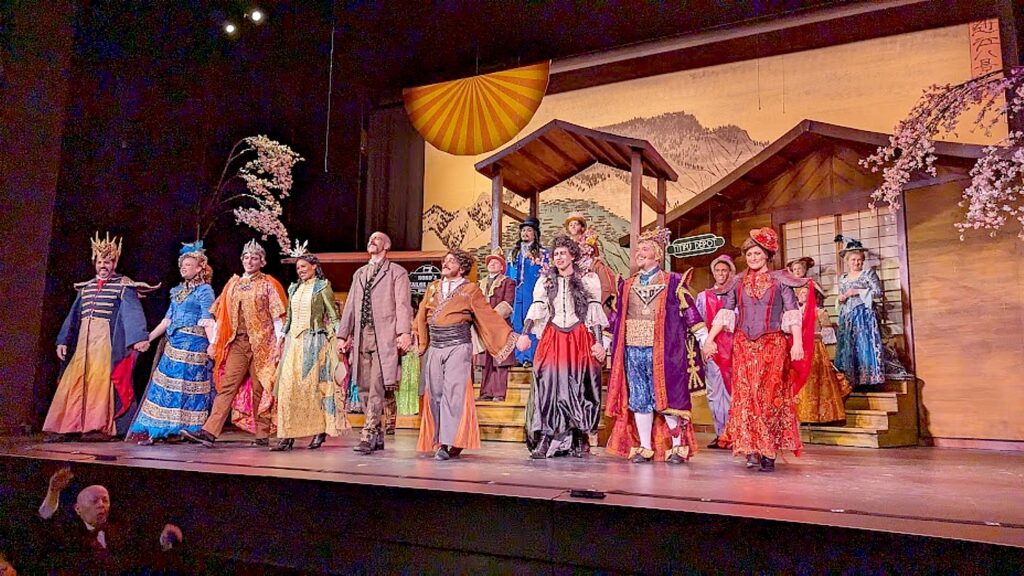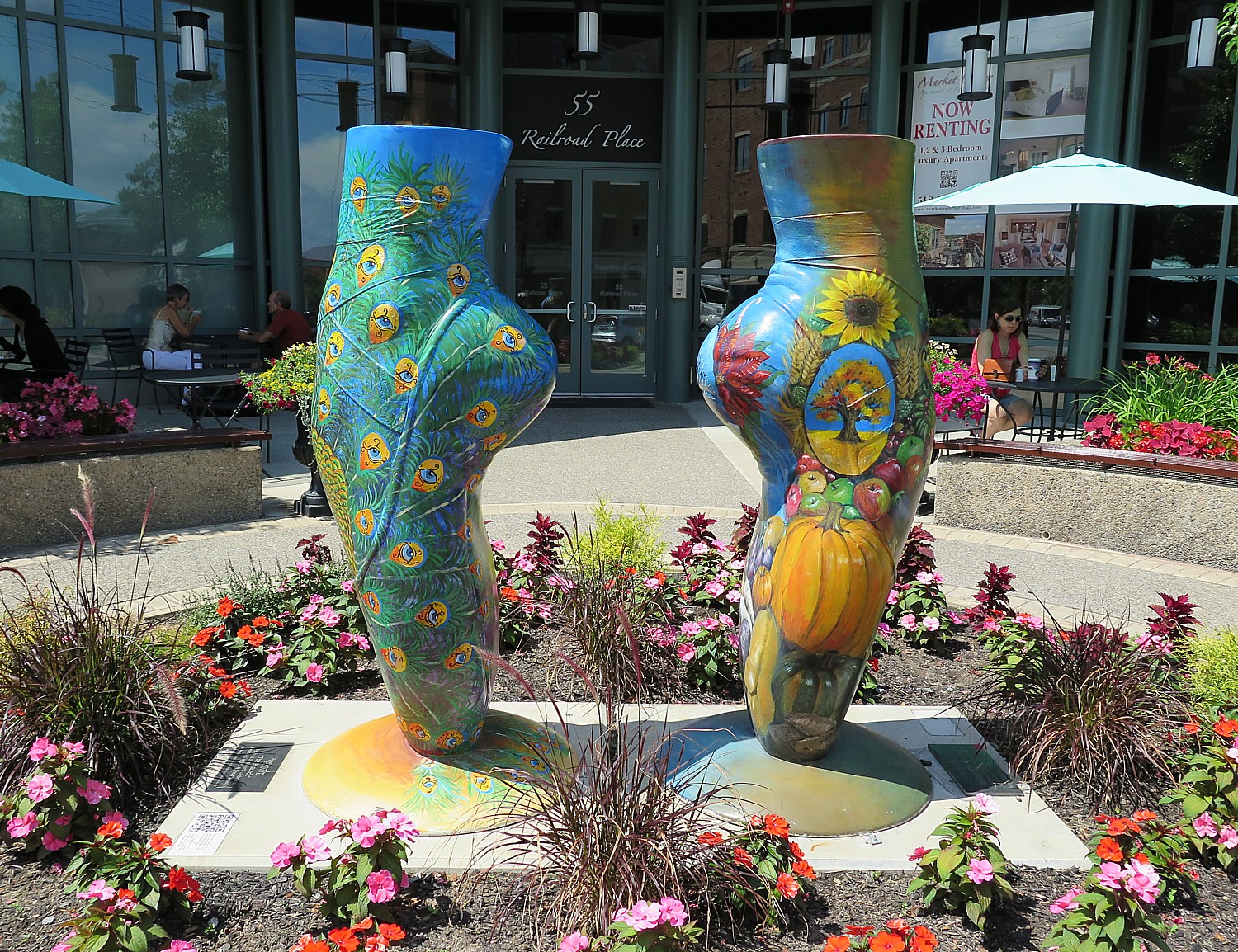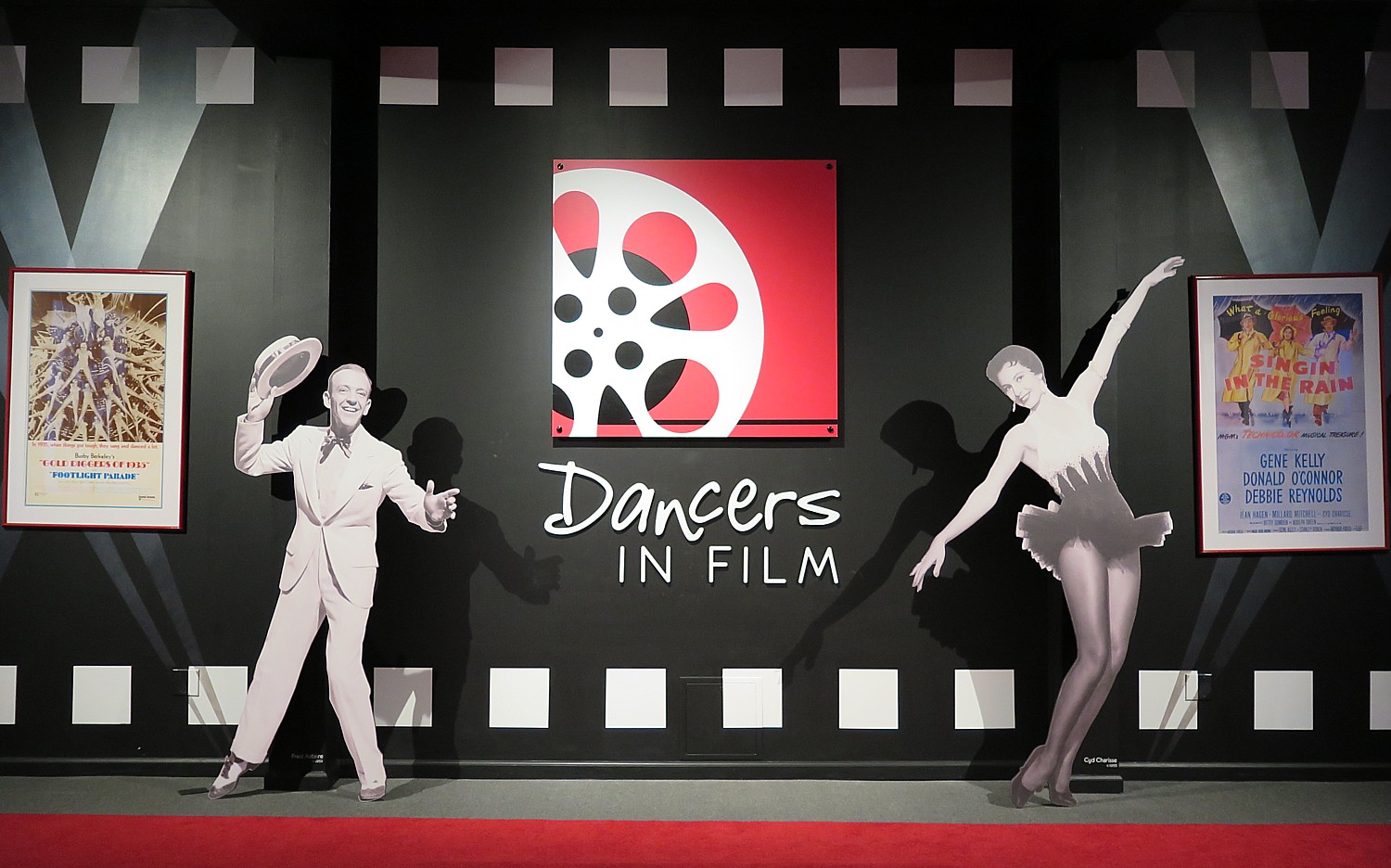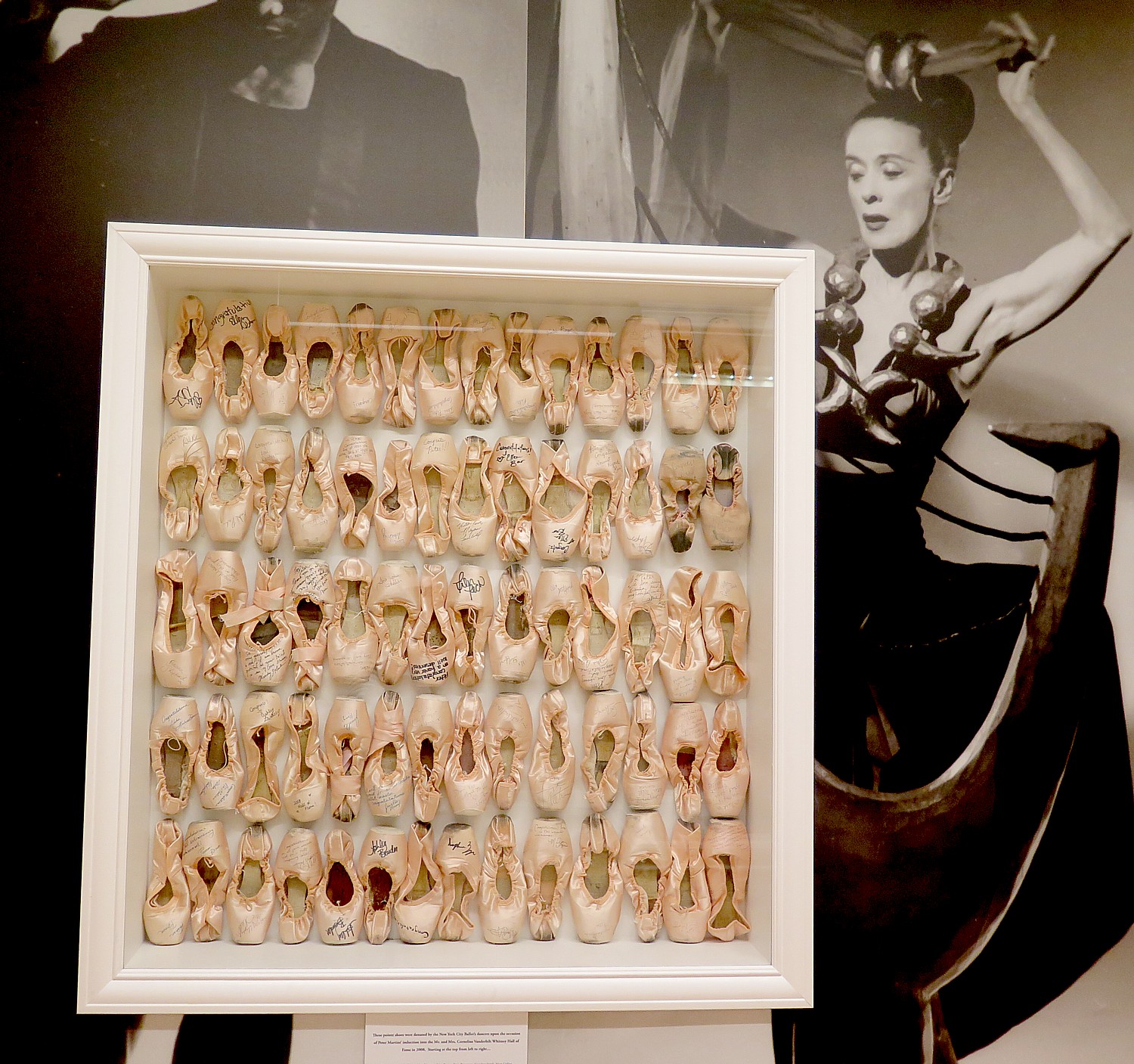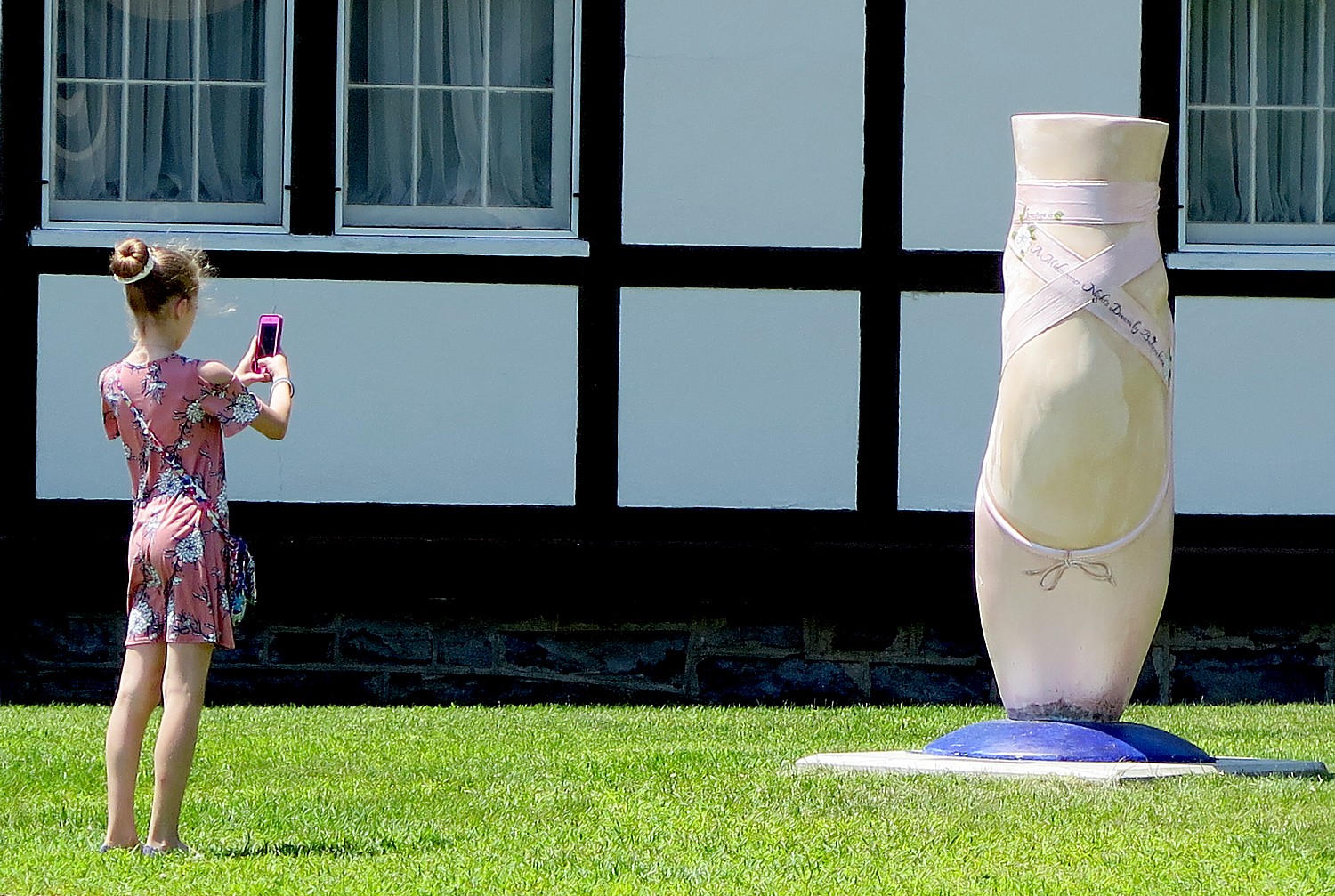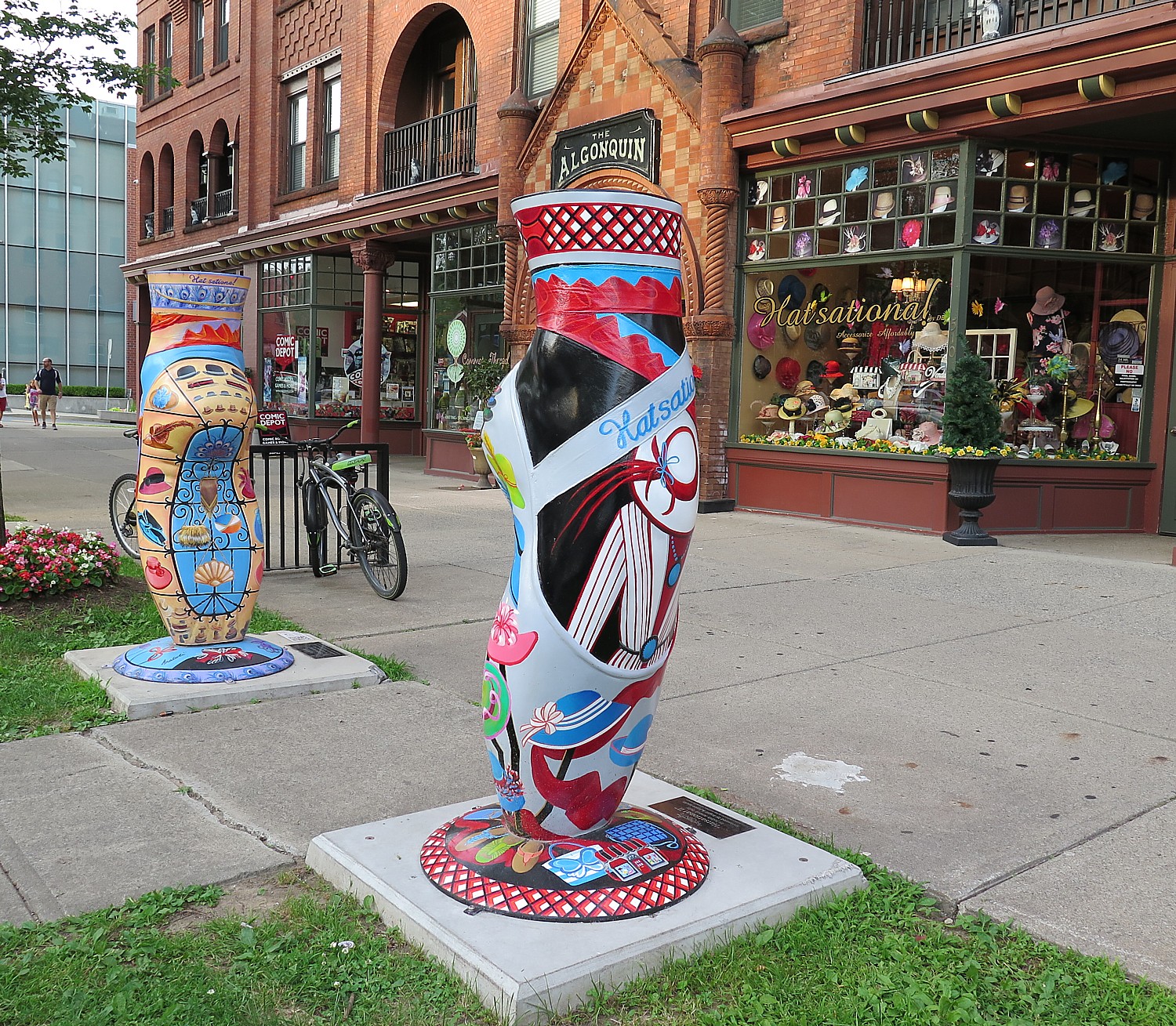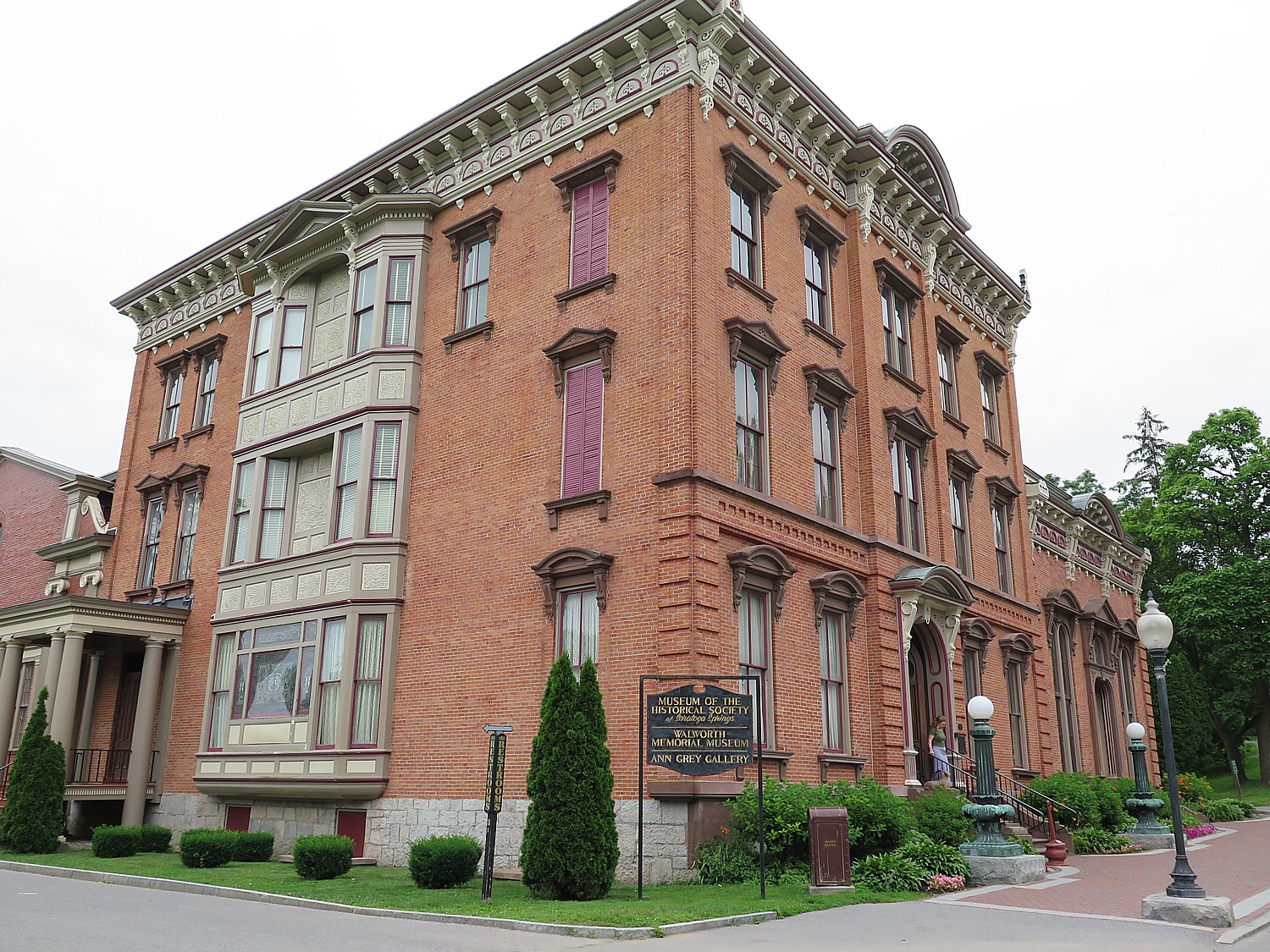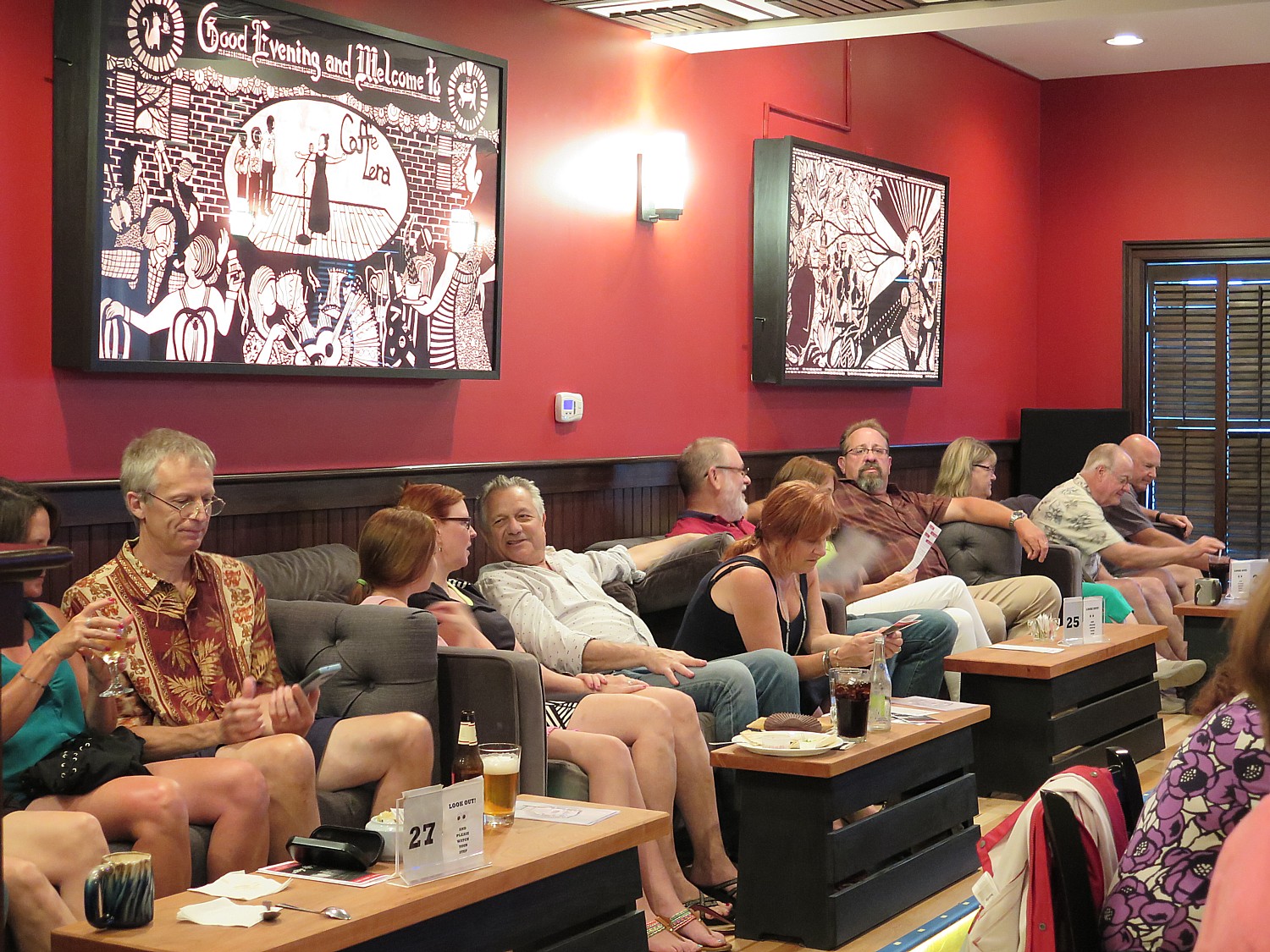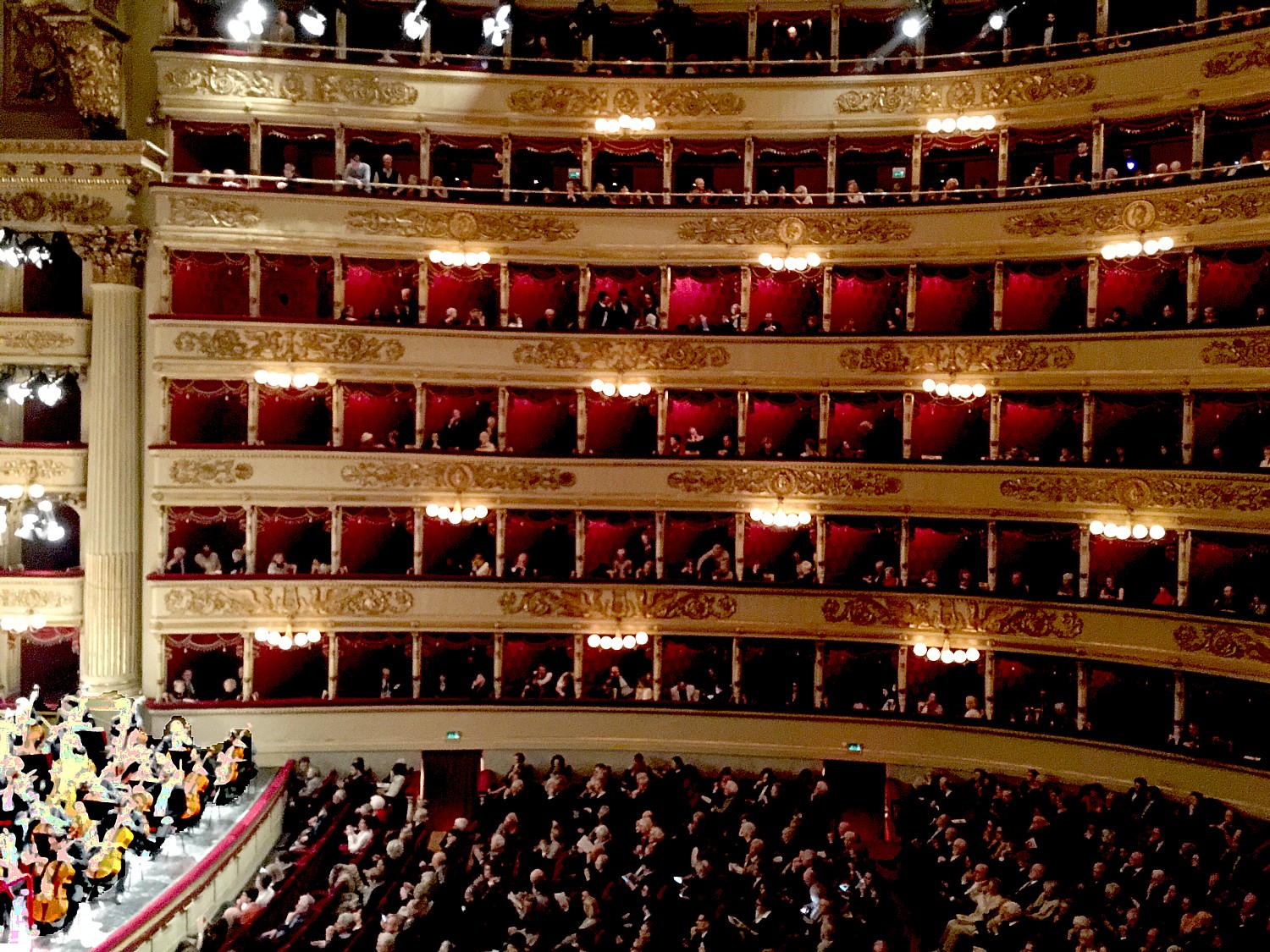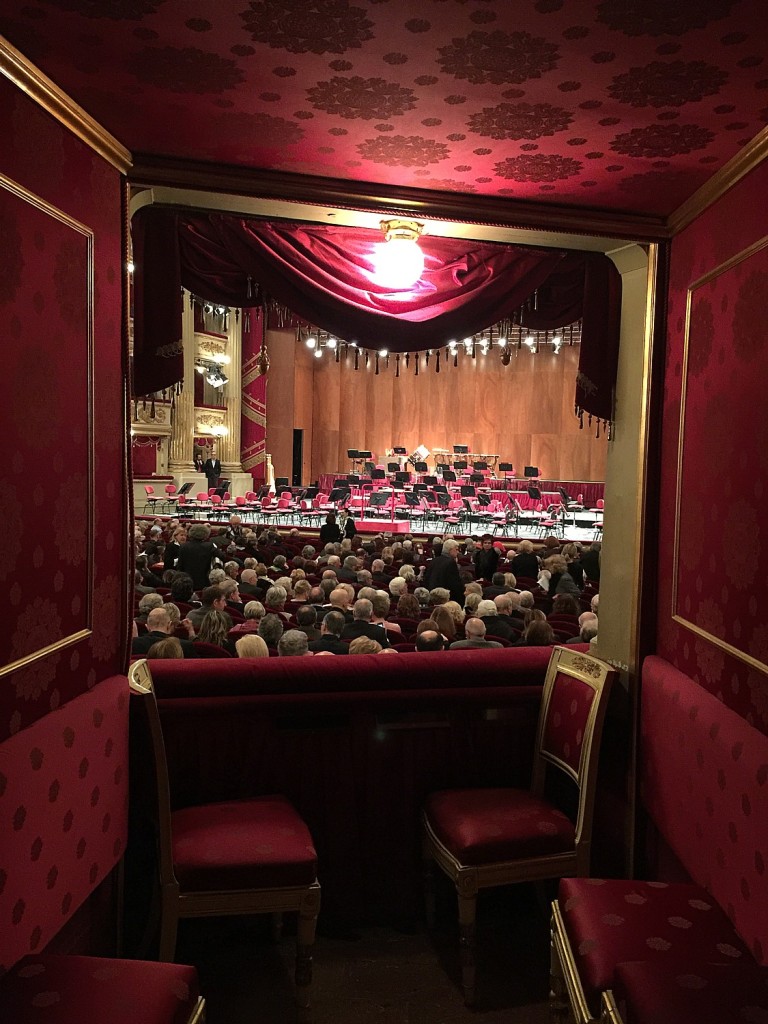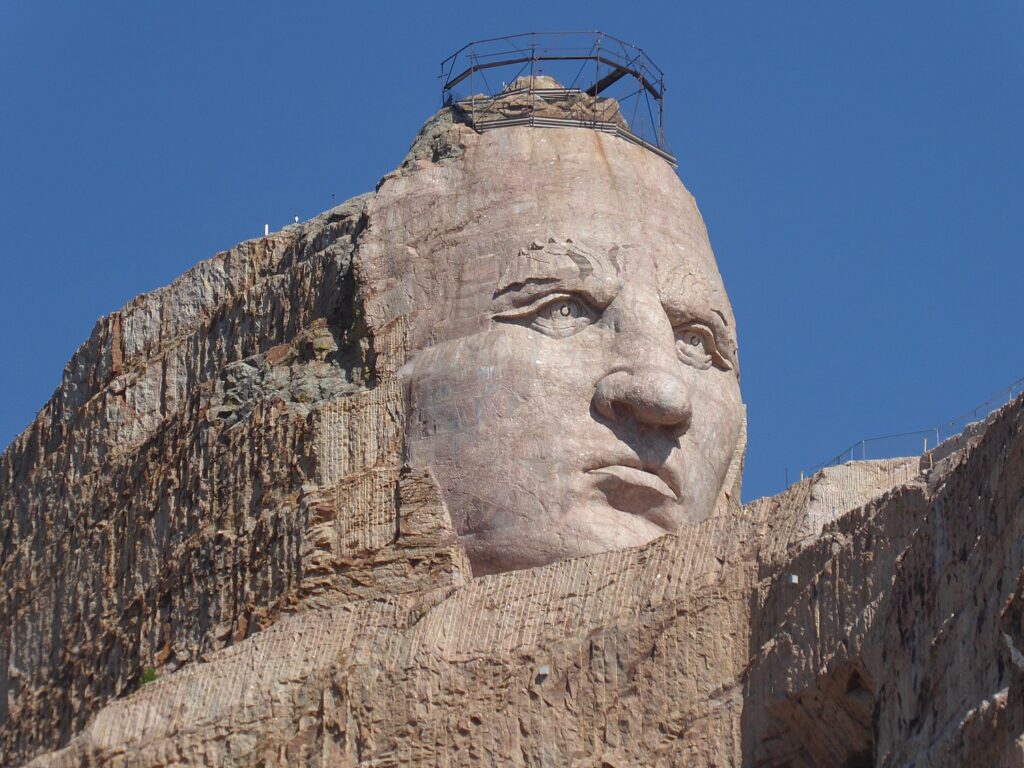
By Karen Rubin, Travel Features Syndicate, goingplacesfarandnear.com
More and more people are finding comfort and wisdom in ancient ways and showing new respect and appreciation for indigenous culture and heritage, especially what they can teach us today about living sustainably and in harmony with nature and each other.
“The interest in Indigenous culture and history has been on the rise for a number of years,” states Elena Junes, Director of Program Operations for Road Scholar, and a member of the Ohkay Owingeh Pueblo. “It is consistent with the rise in eco/sustainable and cultural tourism. Worldwide, although Indigenous peoples make up less than 5% of the total human population, traditional indigenous territories encompass between 22-25% of the world’s land surface, and they coincide with areas that hold 80-90% of the planet’s biodiversity. As travelers seek out new places to visit that are in line with sustainable/experiential tourism, they will find that they are often traveling to traditional indigenous areas. As Road Scholar visits these places, we will always do our best to provide responsible, beneficial experiences with the local communities.
And there are more and more opportunities to embark on this journey of discovery as (colonial) governments are showing new sense of responsibility in making restitution, providing the resources for economic development – infrastructure development and marketing – to enable tribal communities preserve what is left of the heritage and culture.
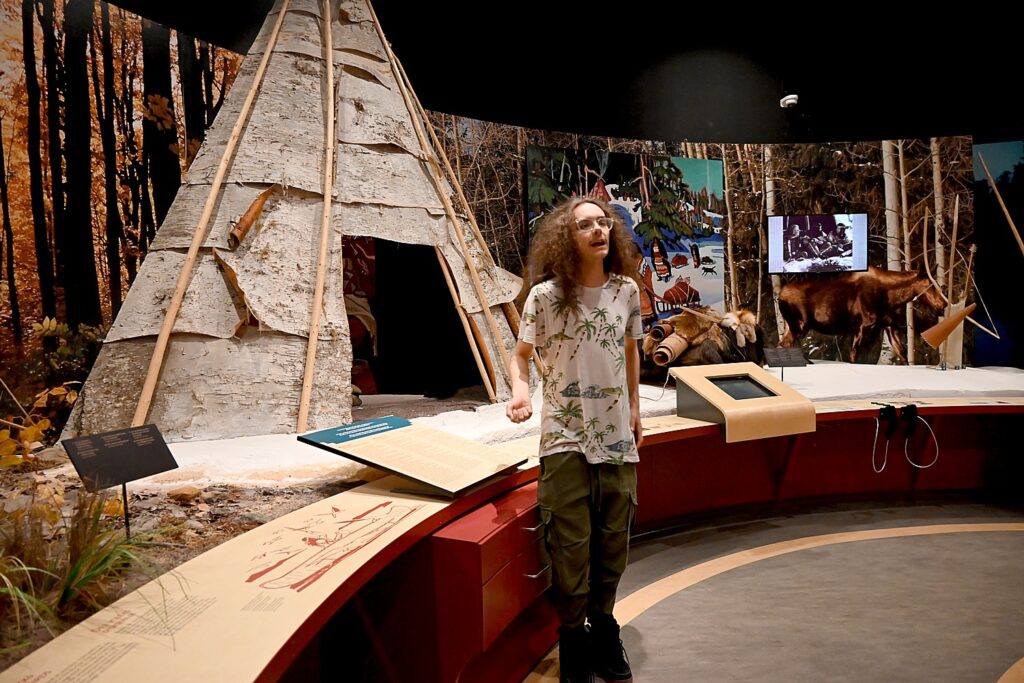
discusses how the Mi’kmaq would have lived, season by season © Karen Rubin/goingplacesfarandnear.com
Canada, which has made the most ambitious “Truth and Reconciliation” campaign with its indigenous communities, has excellent programs to link travelers to experiences. The Indigenous Tourism Association of Canada (ITAC) is a national non-profit Indigenous tourism industry organization established in 2015, tasked with growing and promoting the Indigenous tourism industry across the country. Inspired by a vision for a thriving Indigenous tourism economy sharing authentic, memorable and enriching experiences, ITAC develops relationships with groups and regions with similar mandates to enable collective support, product development, promotion and marketing of authentic Indigenous tourism businesses in a respectful protocol. (For information, visit www.destinationindigenous.ca)
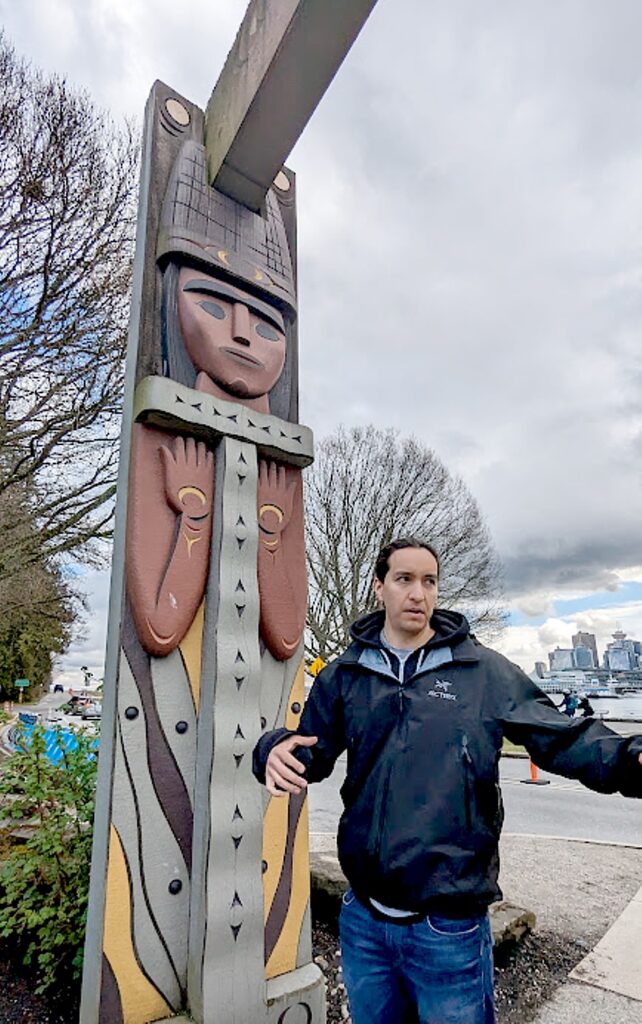
“Sharing our stories and our history on cultural homeland is an integral part of the experience,” said Clyde Mansell, Tasmanian palawa Aboriginal Elder and founder of wukalina Walk, which is part of Discover Aboriginal Experiences Australia. “It also allows us to increase employment, involve our young people and contribute to our self-determination, by creating more opportunities for the palawa community.
“We’ve had comments over the years where guests have said it’s changed their lives and their whole thinking about how they should relate to Aboriginal people,” Mansell added.
Indeed, the indigenous tourism movement is part of the Sustainable/Responsible Tourism movement. It also dovetails with rising interest in Wellness Travel.
Indigenous healing offerings have gained prominence as part of the broader trend towards holistic wellness and the search for authentic, transformative experiences. These experiences draw on the wisdom and practices of indigenous cultures around the world, offering healing techniques that have been developed and passed down through generations. The interest in and drive behind these retreats are linked to an acknowledgement of indigenous healing practices, the holistic approach, and reconnection with the land, is a significant wellness travel trend, a study by Global Wellness Institute found.
For example, at Wai Ariki Hot Springs, in Rotorua New Zealand you can discover the ancient healing methods of these indigenous cultures, from the deeply cultural touch of mirri mirri or romi romi massage to the revitalizing power of blessed stones and herbal remedies. Each experience is thoughtfully crafted incorporates local healers and wellness practitioners, herbal medicine practice and ceremonies that honor the community and the land. Asian traditional therapies and medicine are growing in popularity for the wellness traveler across the globe. Traditional Thai, Chinese & Ayurvedic Medicinal offerings encompass rich diagnostic protocols, herbal formulas, and treatment techniques as part of the guest experience.
Here are just a sampling of the plethora of indigenous experiences available to travelers around the world:
Road Scholar Integrates Immersive Indigenous Experiences into Cultural Programs
Road Scholar, which provides immersive, educational travel programs for seniors, has incorporated immersive indigenous cultural experiences in many of its programs.
“As an educational organization, Road Scholar strives to provide impactful experiences. We recognize that changing narratives will always inform our choice of experience. We choose to visit Indigenous communities and hear about their history and culture from the people who have the lived experience. Whenever possible, we include meals and activities with local community members as a way to encourage dialogue and enhance cultural discourse. When we visit archaeological sites, we include the voices of descendant communities as part of the educational content we provide. We recognize these sites not as “ruins” but as deeply personal and sacred spaces to the people whose ancestors resided there.”
Here is a collection of programs with Native American themes, but this is just a sampling. There are many other Road Scholar programs across the country and around that world that incorporate Indigenous culture and history, even when it’s not explicitly outlined in the itinerary:
In Oklahoma, Road Scholars visit Tahlequah, the capitol of the Cherokee Nation, for a presentation by a Cherokee artist, Traci Rabbit.
In New Mexico, Road Scholars visit the campus of the Institute of American Indian Arts, a congressionally chartered college for Native students, where a student shows them around campus. They also take in a presentation by Louie Hena, from Tesuque Pueblo, and a traditional meal with his family.
In Wisconsin, Road Scholars visit Wisconsin Point Indian Burial Ground with a local tribal historian and environmental scientists who gives a presentation on the history and culture of the area.
In Louisiana, participants visit the Chitimacha Museum to learn about the first inhabitants of the region through the study of artifacts and find out about the efforts to preserve their tribal language.

In British Columbia, participants visit the Squamish Lil’wat Cultural Centre in Whistler to learn from an Indigenous educator about First Nations history, customs, and traditions through dance, storytelling and material artifacts.
In Mexico, Road Scholars stop in a traditional village to get to know the traditions and lifestyle of the Mazahua indigenous people and learn how the women’s clothing helps them maintain their identity.
In Guatemala, participants ferry to Santiago La Laguna village to delve into the way of life of the indigenous community on the shores of Lake Atitlan.
In New Zealand, participants visit Te Puia, the New Zealand Maori Arts and Crafts Institute, to learn how young Maori train in the traditional Maori arts and crafts. Later they experience a hangi, the traditional Maori method of cooking food in the ground, accompanied by a Maori cultural performance that includes the “Haka” war dance.
Road Scholar is a university of the world inspiring adults to learn, discover and travel, www.roadscholar.org
Celebrate Indigenous People’s Day Where It was First Named a State Holiday: South Dakota
With Indigenous People’s Day fast approaching on Monday, October 14, there’s no better destination to honor and celebrate the holiday than in South Dakota, home to the third-largest Native American population in the US across nine Tribal Nations and the first state to officially replace Columbus Day with Native Americans’ Day as a state holiday in 1990.
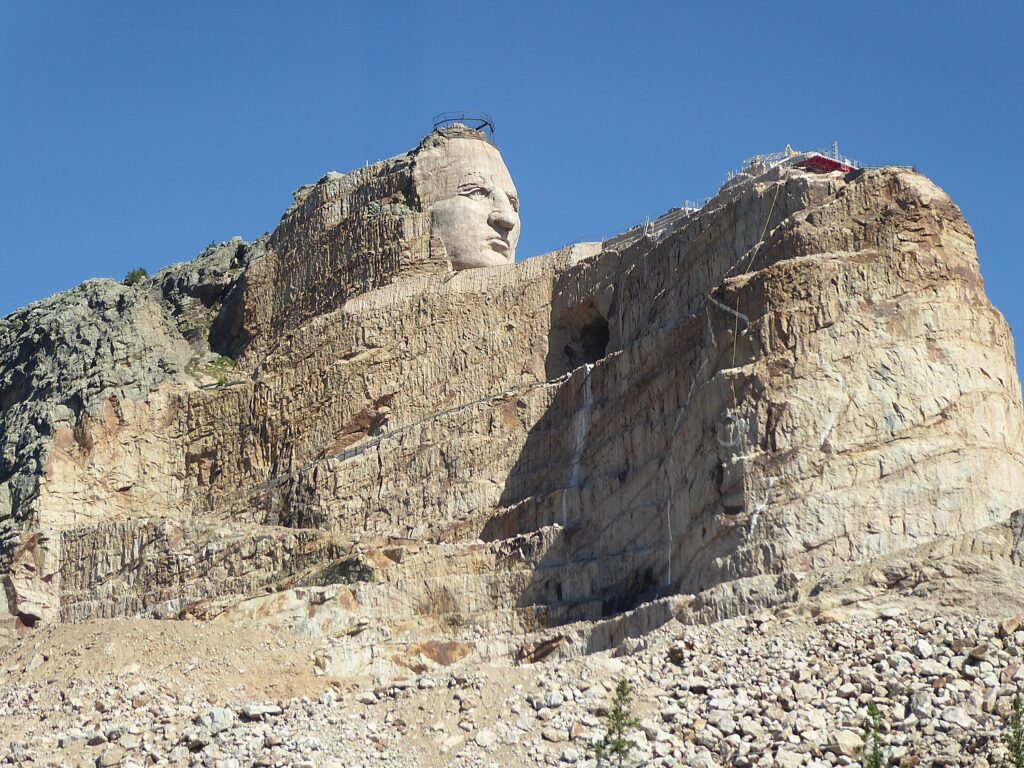
One of the most profound monuments in South Dakota is Crazy Horse Memorial which, it is amazing to learn, is still being carved by the third generation of its original sculptor, Korczak Ziolkowski, and will soon be the largest mountain sculpture in the world (30x larger than neighboring Mount Rushmore). It was here that the first Native Americans’ Day celebration was held nearly 35 years ago. An incredible attraction and education center year-round, each Indigenous Peoples’ Day celebration brings tradition, immersive performances, artist displays, storytelling, hands-on activities for children, and the naming the Crazy Horse Memorial Educator of the Year honored for significant contributions to Native American education.
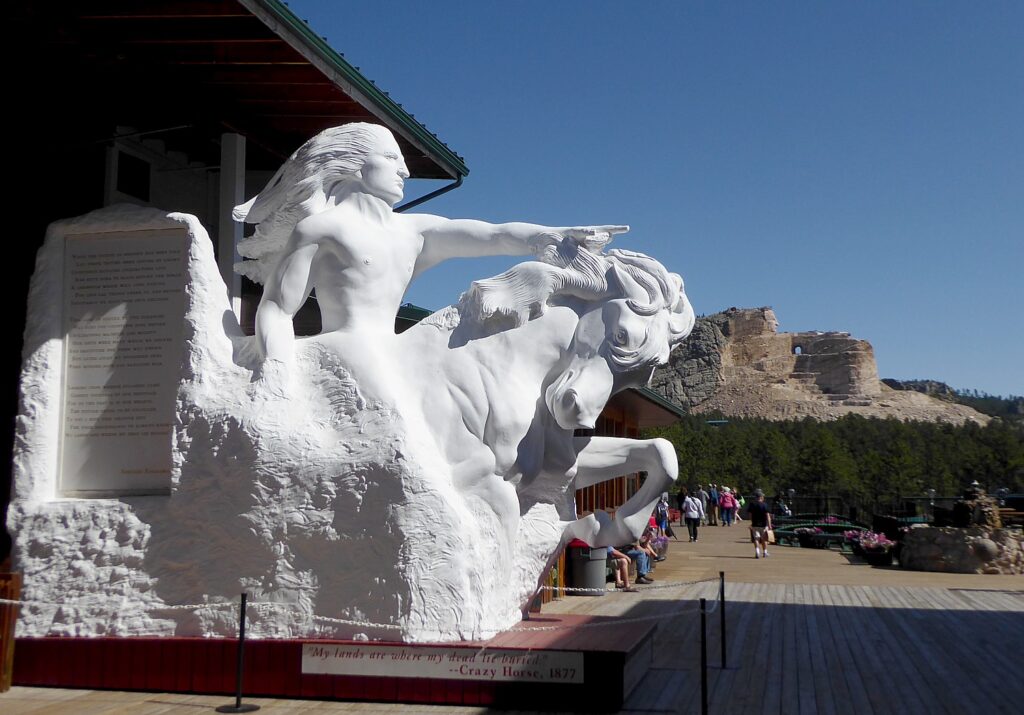
When completed, the Crazy Horse Mountain carving will be the world’s largest sculpture, measuring 563 feet high by 641 feet long, carved in the round. The nine-story high face of Crazy Horse was completed on June 3, 1998; work began on the 22-story high horse’s head soon after.
There is also a superb Museum of Native Americans of North America (it rivals the Smithsonian’s Museum in Washington DC) where you watch a terrific video that tells the story of the America’s indigenous people, and can visit the studio/home of the sculptor, Korczak Ziolkowski.
The visit was a highlight of my six-day Wilderness Voyageurs “Badlands and Mickelson Trail” bike tour of South Dakota. (See: DISCOVERING MARVELS OF CRAZY HORSE MEMORIAL ON BADLANDS, BLACK HILLS & MICKELSON TRAIL BIKE TOUR)
(Crazy Horse Memorial, 12151 Avenue of the Chiefs, Crazy Horse, SD, 605-673-4681, crazyhorsememorial.org.)
Access + Education: Travel South Dakota’s Great 8 for Native American Culture is an incredible itinerary to follow for indigenous tourism, with significant places, including: Mitchell Prehistoric Indian Village, South Dakota’s only active archaeological site, and one of the most important in the Great Plains region according to the U.S. Department of the Interior; and Bear Butte State Park, Black Elk Peak and Sica Hollow State Park, all sacred sites to Native Americans. Other itineraries include the Native American Attraction Trail, and the Native American National and State Scenic Byway.
Powwows: While Powwows are available to find and attend throughout the state throughout the year, Rapid City is home to one of North America’s largest and premier Native American events, the Black Hills Powwow every October is where thousands of spectators engage with artisans, artists, championship singers and dancers, the He Sapa Win pageant and more.
Tour Companies:
Tatanka Rez Tours, based on the Pine Ridge Reservation, is the only Native American-owned tour company in South Dakota. Various tour packages give in-depth background on the Ogala Lakota Oyate tribe and provides an experience on the reservation that only those who live there can offer.
Black Hills Adventure tours teamed up with Tatanka Rez Tours to provide this nine-hour interactive cultural experience, where you listen to traditional stories and songs performed by Tatanka Rez Tours owners Guss, and Tianna and visit the Cultural Art Space, the Pine Ridge Chamber of Commerce, Thunder Valley, Pine Ridge, and the Red Cloud Indian School. Also, a Black Hills Monument Package departs Rapid City at 8:30am, travels to Mount Rushmore where guests can hike around the monument then to Crazy Horse Memorial, finishing with exploring Custer State Park to see wildlife close up.
Tours are available year-round.
Arts & Culture:
One of the most incredible ways to experience Native American Culture is through the The Lakota Music Project, the South Dakota Symphony Orchestra’s flagship Bridging Cultures Program. Created between 2005-2008, the Lakota Music Project (LMP) addresses a history of racial tension, builds bridges between Native and non-Native Americans, and creates an environment of openness through sharing music. Essentially, it is a practical demonstration between white and American Indian musicians to advance cultural understanding. The LMP concert program features combinations of South Dakota Symphony musicians, the Creekside Singers, a Lakota drumming group, and Dakota cedar flutist Bryan Akipa, each performing music of their heritages as well as unique repertoire commissioned for the musicians to play together.

Visit Native American businesses such as Rapid City’s Prairie Edge & Sioux Trading Post and Dakota Drum Company, both of which feature the works of generational Native artists and artisans from buffalo hide canvas paintings to star quilts, bead work. Both are really more like galleries and are marvelous to visit.
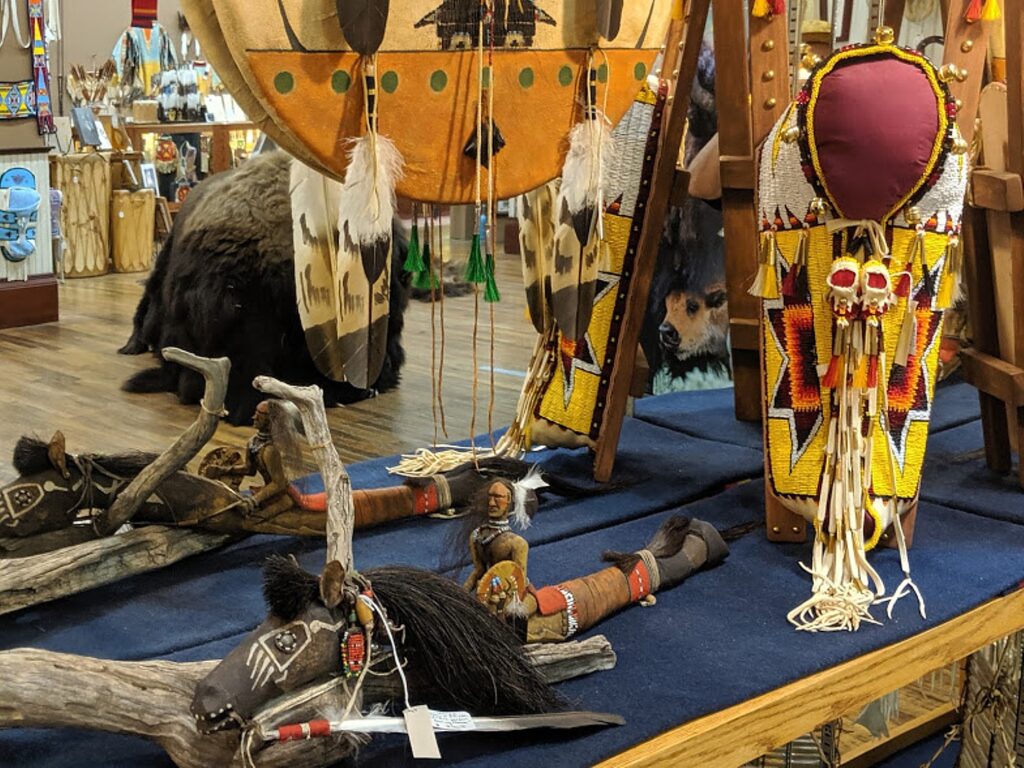
For Native American flavors, try food-truck-turned-restaurant Watecha Bowl, known for Indian tacos, and Crow Peak Brewing both in Sioux Falls. Laughing Water Restaurant in Custer, on the site of Crazy Horse Memorial, is also known for its Custer Tatanka Stew made with prime cuts of tender Black Hills buffalo.
South Dakota’s Guide to Tribal Nations: Oceti Sakowin Homelands, a joint effort between the South Dakota Department of Tourism and South Dakota Native Tourism Alliance, is a great resource year-round featuring a map of tribal lands, brief history of each tribe, visitor etiquette suggestions, and educational opportunities.
TIME Names wukalina Walk in Tasmania, Australia to 2024 World’s Greatest Places List
wukalina Walk, a member of Discover Aboriginal Experiences, has been named one of TIME‘s 2024 World’s Greatest Places, an exclusive list of 100 extraordinary destinations to explore, stayand visit produced by its editors and correspondents around the world.
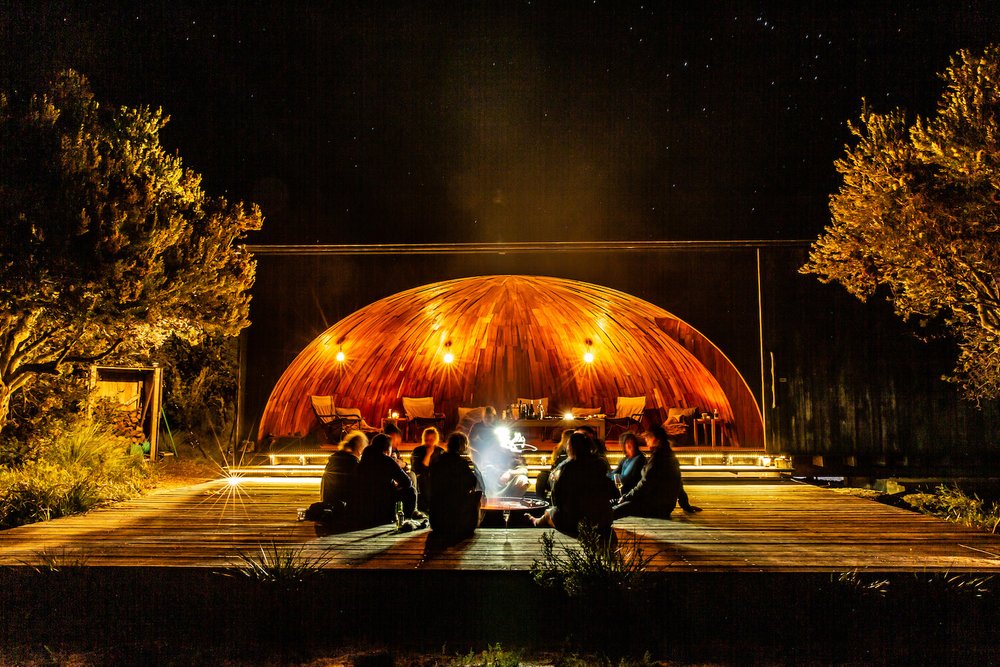
wukalina Walk is a multi-award winning Indigenous/palawa-owned tourism experience. Led by Aboriginal guides, the walk offers a rare window into Tasmania/lutruwita’s Aboriginal culture. For the first two nights, hikers sleep at the architecturally designed standing camp, krakani lumi (resting place), in domed-ceiling huts designed to reflect the shape of the palawa shelters that once lined the east coast of Tasmania/lutruwita. The third night is spent in a beautifully repurposed and restored lightkeeper’s cottage at the most northern end of larapuna (Bay of Fires).
A group of up to 10 people are led on foot by Aboriginal guides to learn about land and sea Country. wukalina guides have lived experience and thousands of generations of Ancestral connections to the knowledge they share. They share their knowledge and perspectives as they lead travelers through bushland and along the coastline of wukalina (Mt William National Park) and larapuna (Bay of Fires). Hikers learn about the colonial history of Tasmania/lutruwita, and the brutal treatment of the palawa people. But the tour highlights their resilience, strength of culture, language and the ongoing connection that the palawa community has to Country.
wukalina Walk is a proudly Blak-owned business and different to anything else offered in Tasmania, and anywhere in the world. wukalina Walk was winner of the 2023 Australian National Tourism Awards for Aboriginal & Torres Strait Islander Tourism Experience.
More Discover Aboriginal Experiences:
Discover Aboriginal Experiences is a flagship suite of some 200 Australian Aboriginal-guided experiences from 48 businesses around Australia. Travelers learn about and connect with the diverse histories, cultures and languages of Aboriginal peoples, which date back more than 65,000 years. Here is a sampling:
Jarramali Rock Art Tours explores a 20,000-year-old outback museum of rock art. The ‘Magnificent Gallery,’ in Quinkan Country near Laura, Far North Queensland, has been recognized by UNESCO as one of the 10 most significant rock-art sites in the world. Jarramali Rock Art Tours showcases the Quinkan rock art within the so-called ‘Magnificent Gallery’.
Kakadu National Park, in Kakadu, Northern Territory, is a World heritage-listedhome to Aboriginal peoples for more than 65,000 years. It is about half the size of Switzerland and a habitat for approximately a third of all bird species in Australia. Travelers can experience the park and its flora and fauna at night with an indigenous guide on a new Stargazing Boat tour, which intertwines the ancient wisdom of Bininj knowledge with classical constellations. Discover the night life and nocturnal sounds of the billabong while learning the history of the world as told in Dreaming stories and illustrated in the stars. Alternatively, spend time with the local Indigenous community on the new Kakadu Billabong Safari Camp tour.
Wula Gura Nyinda’s 3 day World Heritage Walking Tour at Shark Bay, Western Australia, is a new walking tour of two national parks located in the Shark Bay World Heritage area – Francois Peron National Park and Dirk Hartog Island. Learn about local Aboriginal culture and history, spot wildlife, explore spectacular natural landscapes and sit under the stars listening to the ancient sounds of the digeridoo. This is a rare opportunity to spend time on Country with an Indigenous guide and to really ‘feel Country’.
Wintjiri Wiru, a spectacular light show involving 1,000 drones and Anangu culture, at Uluru, Northern Territory, brings to life a chapter of the Mala ancestral story and was developed in close consultation with Anangu custodians. The show was designed and produced by world-renowned media architecture studio RAMUS, with the goal of illuminating the Central Desert with a spectacle of lights, projections and lasers shining on the spinifex and mulga. This is the first time this kind of technology has been used to share Anangu culture and is a new experience for Uluru.
Tali Wiru is fine dining under the Southern Desert sky, with Uluru as a backdrop. Each dish in a four-course meal showcases native produce in an innovative way, using Indigenous herbs and spices. A local Aboriginal storyteller shares insights about Anangu culture and history. Dinner might be pressed wallaby with fermented quandong, or roasted toothfish nestling beside coastal greens, desert oak and fermented muntries.
Discover Aboriginal Experiences, discoveraboriginalexperiences.com
See also:
COAST TO COAST, CANADA’S HERITAGE, CULTURE, WILDERNESS BECKON ECOTOURISTS IN SUMMER
NEW BRUNSWICK ROADTRIP: METEPENAGIAG HERITAGE CENTER HIGHLIGHTS MIRAMICHI VISIT
ON THE TRAIL TO DISCOVER VANCOUVER’S REVIVED INDIGENOUS HERITAGE
WALKING TOURS, DINING EXPERIENCES REVEAL VANCOUVER’S REVIVED INDIGENOUS HERITAGE
TRAIL TO DISCOVER BRITISH COLUMBIA’S INDIGENOUS HERITAGE WEAVES THROUGH WHISTLER-BLACKCOMB
DISCOVERING MARVELS OF CRAZY HORSE MEMORIAL ON BADLANDS, BLACK HILLS & MICKELSON TRAIL BIKE TOUR
_______________________
© 2024 Travel Features Syndicate, a division of Workstyles, Inc. All rights reserved. Visit goingplacesfarandnear.com and travelwritersmagazine.com/TravelFeaturesSyndicate/. Blogging at goingplacesnearandfar.wordpress.com and moralcompasstravel.info. Visit instagram.com/going_places_far_and_near and instagram.com/bigbackpacktraveler/ Send comments or questions to FamTravLtr@aol.com. Tweet @TravelFeatures. ‘Like’ us at facebook.com/NewsPhotoFeatures
